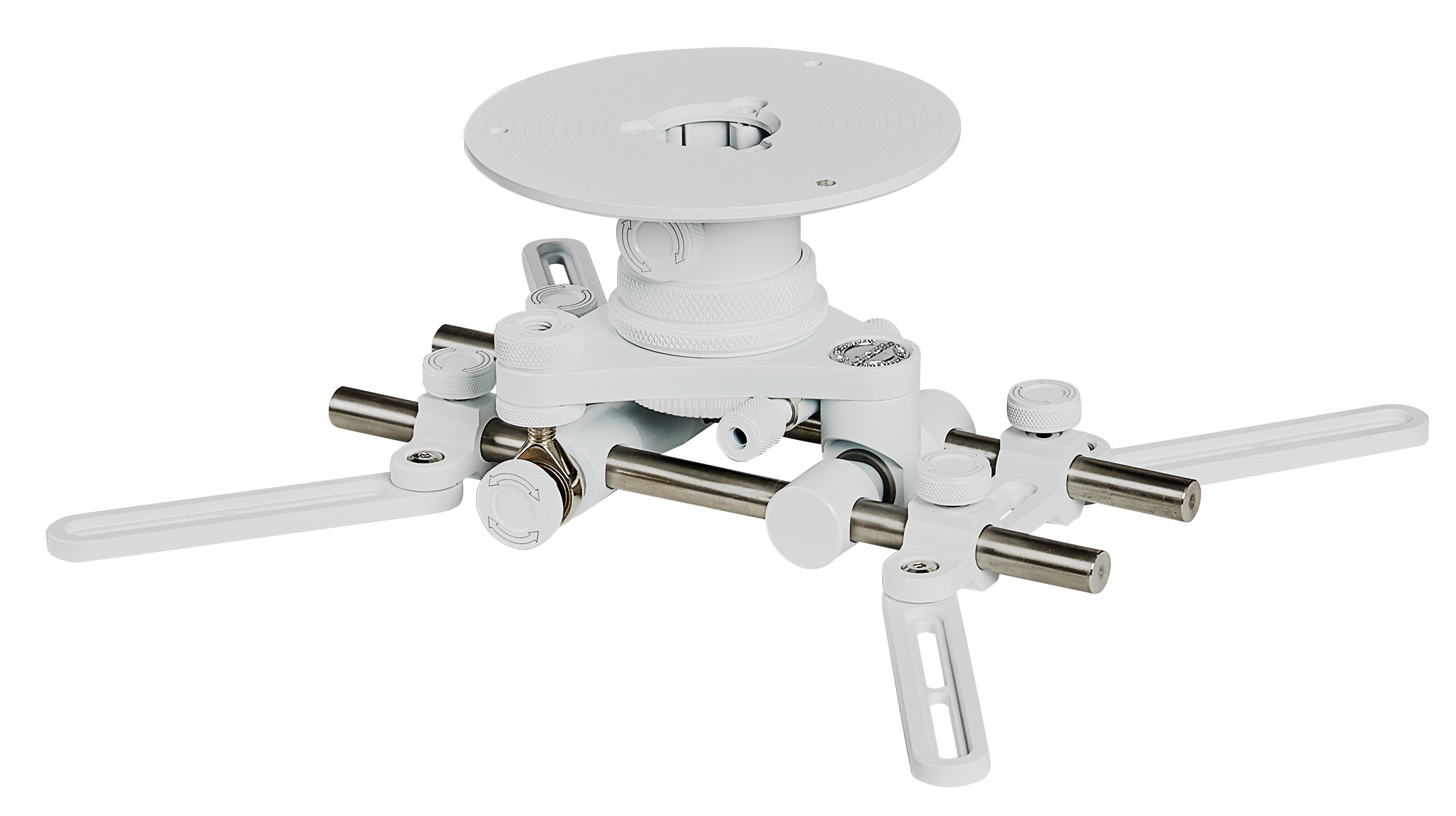











£15,251.76*
£14.99
- Light Brightness 16,000 Lumen
- Resolution 1920 x 1200 WUXGA
- Aspect Ratio 16:10
- Operating noise 38 dB


Frequently purchased together
Product information
The EB-PU2216B is a high lumen 3LCD projector that is ultra-light and compact.
- Ultra-light and compact Easy to store, transport and install
- Breathtaking image reproduction 16.000 lumens, 4K enhancement technology, WUXGA resolution
- Easy to use Simple installation, smooth stacking, flexibility in lens selection and efficient control
- Low maintenance reliability Enhanced and dustproof design. IP5x certification
- Environmental benefits Lower power consumption, less packaging, lighter weight
The EB-PU2116W offers significant advantages, including being significantly smaller and lighter, easier to install, adjust and maintain, and delivering superior image quality. This ultra-light, compact laser projector is designed for use in large auditoriums, live events, concerts and conference rooms, where it creates immersive experiences.
Compact and lightweight
The lighter and smaller design makes the projector easier to store, transport and install, saving warehouse space as well as labour and delivery costs.
Excellent image quality
This high lumen 3LCD projector offers WUXGA resolution with 4K enhancement and HDR for intense textures and sharper images.
Various applications
The EB-PU2116W offers features that enable easy installation, stacked operation, flexibility in lens selection and simple control or monitoring. It includes built-in processing for PC-less stacking, which means two supported projectors can be stacked to double the brightness without the need for external computer hardware.
Reliability
Thanks to the hermetically sealed projection unit and laser light source, dust contamination is prevented and a longer life cycle is ensured.
Technical data
| Name | Epson EB-PU2216B Projector, 1920 x 1200 WUXGA, 16000 Lumen, without lens |
|---|---|
| Article number | 1000023899 |
| GTIN/EAN | 8715946703237 |
| Manufacturer SKU | V11HA67840 |
| Lamp life (ECO) | 30,000 Hour |
| Lens included | No |
| Model name | EB-PU2216B |
| Brand | Epson |
| Product Type | Projector |
| Product Series | Epson PU Series |
| Application | Business projector , Installation projectors |
| Projector Type | LCD |
| Projector lamp type | Laser |
| ISO Lumen | 16,000 ISO Lumen |
| Resolution | 1920 x 1200 WUXGA |
| Aspect Ratio | 16:10 |
| Contrast Ratio | 2,500,000 :1 |
| Operating noise | 38 dB |
| Operating noise - ECO | 34 dB |
| Lamp life | 20,000 Hour |
| Inputs | 1x DVI-D , 1x Ethernet , 1x HDMI , 1x RS232 , 1x USB-B , 1x VGA , 2x USB-A |
| wireless technology | WLAN optional |
| Features | Edge blending , Lens interchangeable |
| Product width | 58.6 cm |
| Product height | 21.8 cm |
| Product depth | 49.2 cm |
| Weight | 24.3 kg |
| Colour | Black |
| Delivery contents | Batteries , Lens cap , Power cable , Quick user guide , Remote control , warranty card |
| Condition | New |
| Warranty | 36 Month |
| Warranty type | Bringin service Service and support information |
Downloads
Product safety
| Person responsible for the EU |
|---|
| Epson Deutschland GmbH |
| Schiessstraße 49 |
| 40549 Düsseldorf |
| Germany |
| kontakt_de@epson.de |



















